Futurism and Art Deco were powerful artistic movements in the early 20th century. Both forms capture their respective times' social, technological, and cultural changes. Futurism was rising in Italy to celebrate the vitality of modern life, technology, and speed. Originating in France, Art Deco is distinguished by its geometric forms, decorative beauty, and sense of luxury.
Knowing these differences between the Futurism and Art Deco movements allows one to value their particular contributions to design, building, and art. This article will discuss the main characteristics, historical background, and visual appeal that set Futurism apart from Art Deco, underlining its importance in the development of contemporary art.
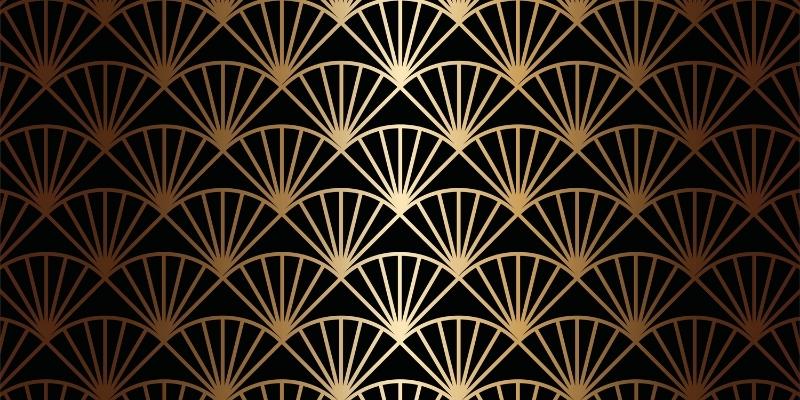
Early in the 1900s, Futurism first evolved in Italy, driven by a need to reject historical limitations. The Futurists sought to welcome the vibrancy and intensity of contemporary existence: their artwork often honored speed, technology, and the machine age. The movement formally began with Filippo Tommaso Marinetti's 1909 release of the Futurist Manifesto. The manifesto urged a total rejection of conventional aesthetics and a welcome of the new, including industrialization and urbanization.
Futurism was a political statement as much as a movement in art. Believing that conflict was a means to attain rebirth and energy, the futurists matched themselves with nationalism and militarism. This philosophy echoed the larger social changes in Europe at that period, as fast industrial progress was changing lifestyles and economies. Giacomo Balla, Umberto Boccioni, and Carlo Carrwhose works showed motion and the passing of timewere important members of this movement.
The emphasis of Futurism on speed, mobility, and the vitality of contemporary society defines it. Important characteristics of this movement are:
Futurist works typically express a sense of urgency and vibrancy, inviting viewers to feel the fast-paced world of the early 20th century.
Emerging in France in the 1920s, Art Deco became well-known throughout the Roaring Twenties and carried on into the 1930s. This movement responded to the turbulent events of World War I and the taste for luxury and sophistication. Officially identified as a style in 1925 in Paris, Art Deco highlighted a new phase of decorative arts.
Many cultural aspects, like the emergence of jazz music, the glitz of Hollywood, and the investigation of other civilizations, greatly affected the movement. As society aimed to honor development and invention, Art Deco mirrored the optimism and modernism of the interwar years. It is inspired by several sourcesincluding Cubism, Futurism, and ancient civilizationsand the style combines elements into a distinctive look.
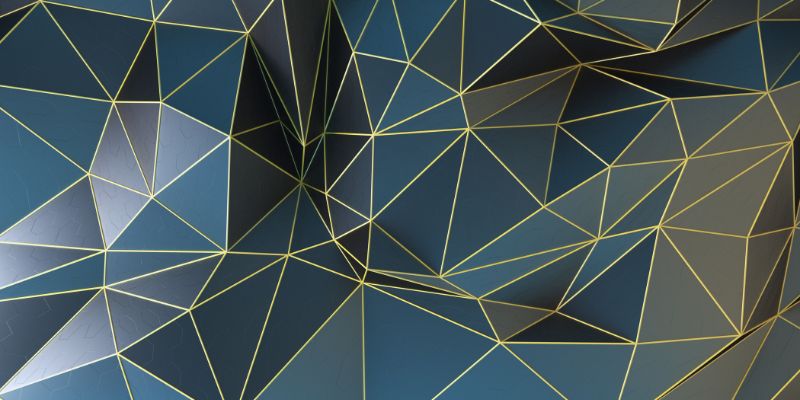
The graceful, simplified design and emphasis on luxury and sophistication define Art Deco. Important traits include:
Art Deco impacted architecture, interior design, fashion, and the visual arts globally and came to represent luxury and glamor.
Though both powerful trends, Futurism and Art Deco have different ideas, aesthetics, and historical settings, following are some characteristics of Futurism and Art Deco for comparison:
Knowing these variations enhances our respect for how every movement shaped the 20th-century cultural scene.
Art Deco and Futurism have left an enduring legacy that still shapes modern design and art. Futurism's modernism and technological emphasis speak to today's digital era when invention and speed rule. The movement's rebellious attitude motivates artists and designers to challenge conventions and investigate fresh means of expression.
Conversely, Art Deco has become rather popular, especially in architecture and interior design. Modern luxury brands and current art movements show classic elegance and luxury. Everything from graphic design to fashion shows the ongoing popularity of Art Deco using revived elements.
Both groups remind us of the transforming potential of design and art. They offer a window into the changing human experience by reflecting on the aspirations, dreams, and difficulties of different times.
The historical context of Futurism and Art Deco are two different creative trends that first surfaced in the early 20th century. Art Deco captures elegance, luxury, and decorative beauty, whereas Futurism honors speed, vitality, and modernism. Knowing these variances improves our respect for their contributions to design and art. Both movements have left a legacy that shapes modern society and still motivates designers and artists. Understanding their special characteristics helps us cherish the rich tapestry of artistic expression influencing our lives.

By Eleanor/Apr 28, 2024

By Amelia Martin/Mar 09, 2025
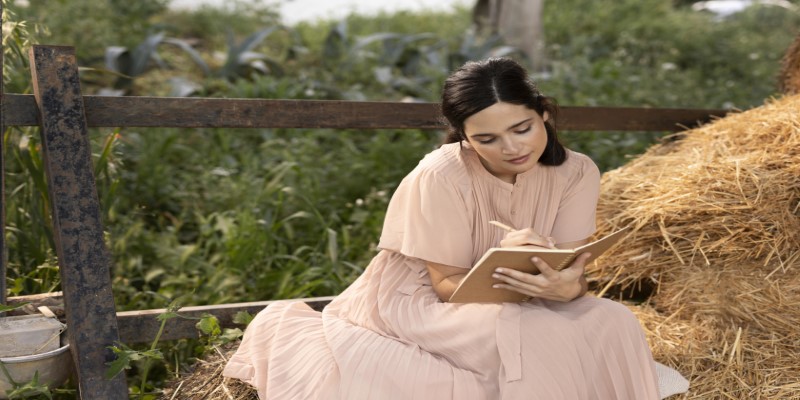
By Eleanor/Mar 05, 2024
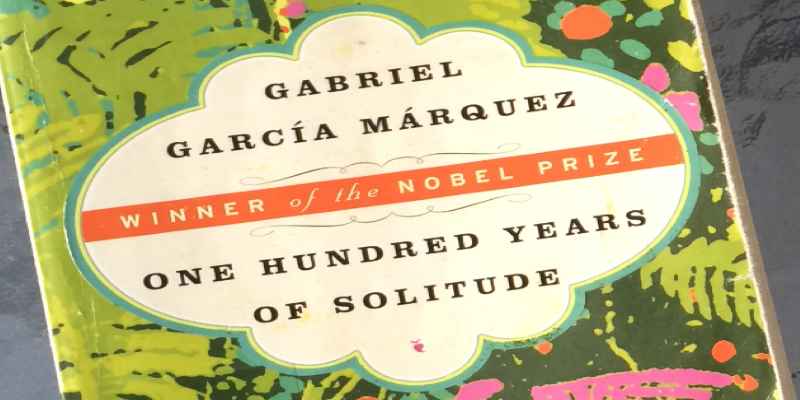
By Eleanor/Feb 23, 2024

By Frederica/Jan 31, 2024
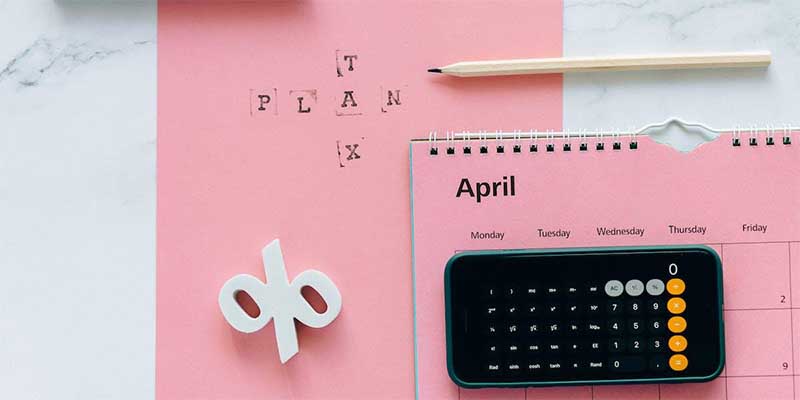
By Triston Martin/Apr 27, 2024

By Elva Flynn/Apr 02, 2025

By Susan Kelly/Mar 11, 2024
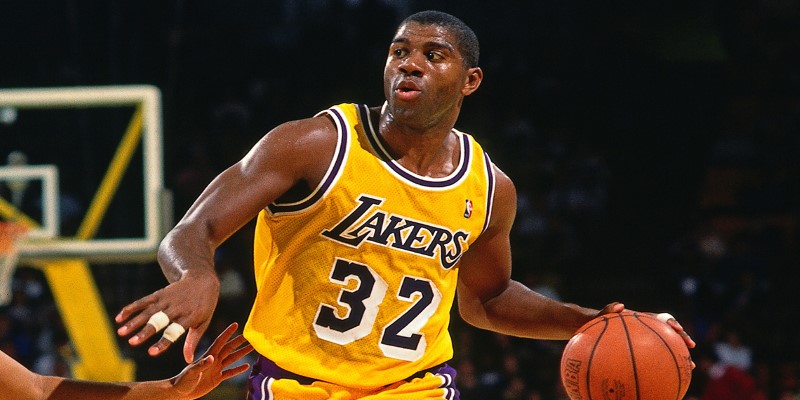
By Eleanor/Feb 21, 2024

By Peter Evans/Apr 08, 2024

By Elva Flynn/May 13, 2025

By Frederica/Feb 22, 2024